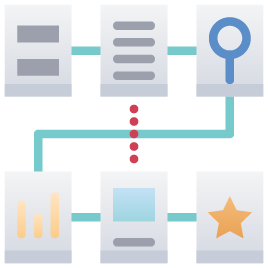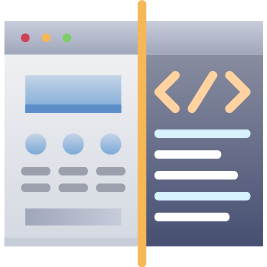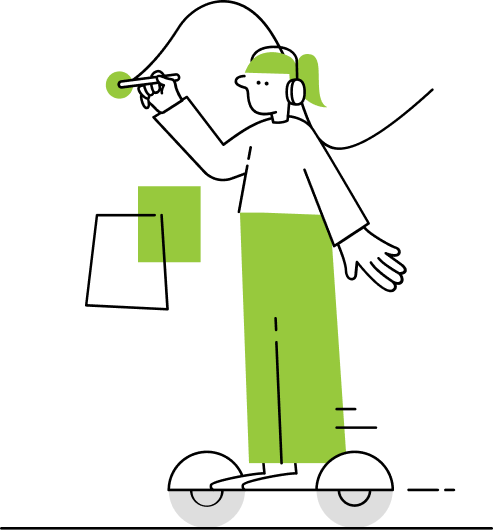ROS and BOW
ROS and BOW: Simplifying Robotics Integration
In the world of robotics development, the Robot Operating System (ROS) has become a cornerstone for creating complex, multifunctional robotic applications. However, integrating and managing ROS across different robots can present a significant challenge due to the need to understand and work with each robot’s unique device tree. BOW introduces a transformative layer that simplifies this process, allowing developers to focus more on innovation and less on integration complexities. Here’s how BOW and ROS work together to streamline robotics programming.
The Challenge with Traditional ROS Integration
With ROS, each robot comes with its own device tree, requiring developers to learn and adapt to the specifics of each robot they work with. This not only steepens the learning curve but also increases the time and effort needed to develop applications, especially when working with multiple robots. The ROS ecosystem, while powerful, often resembles a monolithic structure that developers must navigate to bring together all sensors and actuators of a robot, making application development a cumbersome process.
BOW's Revolutionary Approach
BOW reimagines the integration of ROS by splitting the ROS “monolith” into two distinct parts: the software layer and the hardware integration layer, positioning BOW right in the middle. This innovative structure allows for ROS (application) on BOW on ROS (hardware integration), streamlining the development process and making it more efficient.
Simplified Device Tree

With ROS on BOW, there is only one universal device tree to learn, regardless of the robot you are working with. This universality significantly reduces the complexity and time involved in becoming proficient in robotics programming.
Seamless Integration

BOW acts as the “sandwich filling” between the application and hardware layers. If ROS is the bread of the robotics software world, BOW is the filling that enriches it, enabling developers to easily integrate and manage robotics applications across different hardware platforms without needing to delve into the specifics of each robot’s device tree.
Enhanced Flexibility

BOW’s approach offers the flexibility to develop for any robot, on any operating system, in any programming language. Our technology stack centralises all control and communication, automating the process of building binaries for all operating systems and simplifying hardware integration.
Streamline Development
Developers can leverage the full power of ROS for application development while relying on BOW for the heavy lifting of hardware integration. This dual-layer approach separates the concerns of application logic from hardware specifics, making development faster and more focused.


Universal Commands
BOW provides a set of universal commands, allowing developers to concentrate on higher-level cognitive functionalities rather than the intricacies of accessing robot inputs and outputs. This focus on cognition over control and communication transforms how developers approach robotics projects.
Low Latency and Efficient Communication
Utilising a custom implementation of WebRTC, BOW’s communication framework is optimised for robotics data structures, offering low latency control even across continents. This efficiency ensures that remote control and teleoperation of robots are smooth and responsive.

BOW and ROS together represent a significant leap forward in robotics development, offering a simplified, efficient, and flexible approach to integrating a wide range of robotic hardware. By abstracting the complexities of hardware integration, BOW empowers developers to unleash their creativity and push the boundaries of what’s possible in robotics applications. Whether you’re building interactive educational tools, advanced industrial automation systems, or groundbreaking AI-driven robots, BOW provides the foundation you need to succeed in the ever-evolving world of robotics.
